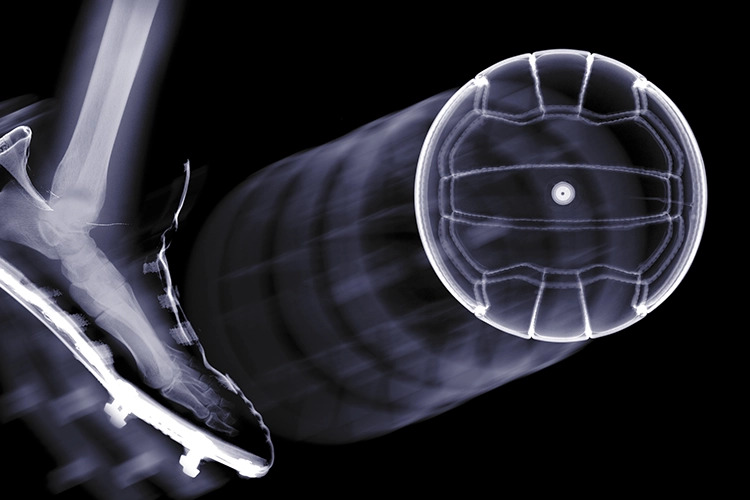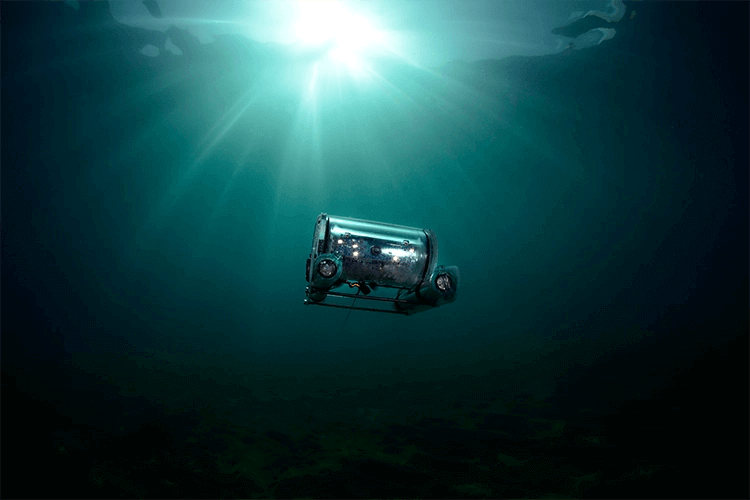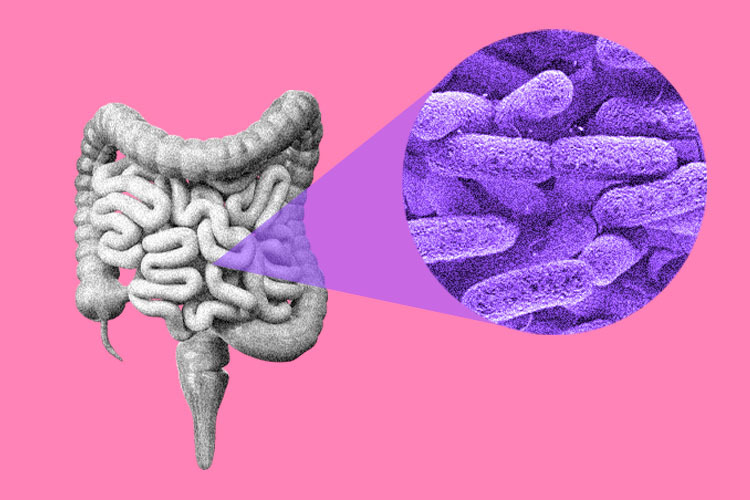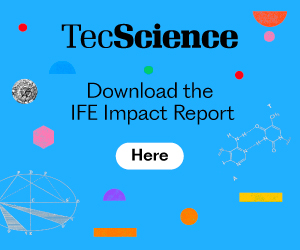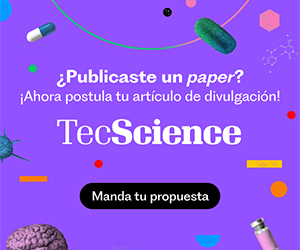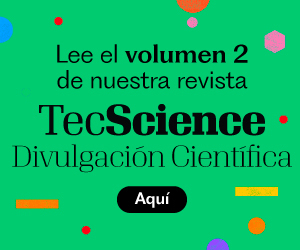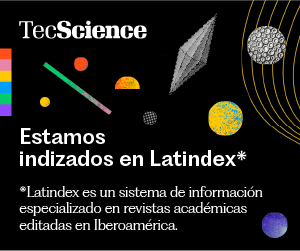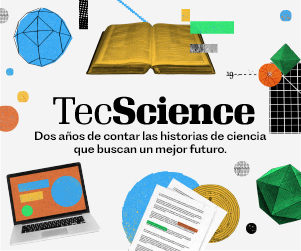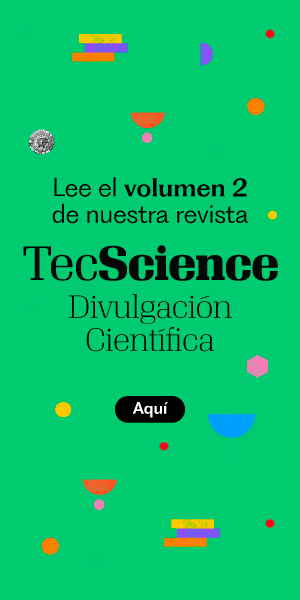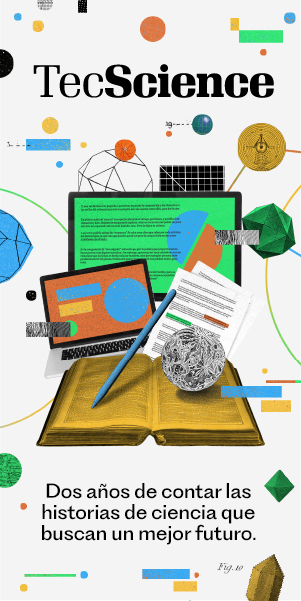Artificial intelligence doesn’t just generate images—it helps shape how we perceive and understand complex realities. The research project Visual Rhetoric and Symbolic Imaginaries From Artificial Intelligence on the U.S.-Mexico Border explores largely uncharted territory: how AI visually represents the border between Mexico and the United States.
The study is based on an experimental methodology. Researchers used ChatGPT 3.5 to define six key concepts related to the border: “American Dream,” “border wall,” “migration,” “drug trafficking,” “power imbalance,” and “intercultural dialogue.”
They then used four image-generating tools—Midjourney, DALL·E 2, Stable Diffusion, and Leonardo.ai—to visually represent those concepts.
The result was a visual corpus that revealed striking similarities, despite the aesthetic differences between the platforms.
AI and the Border
Artificial intelligence is far from neutral. It can influence how we conceptualize phenomena like migration and reinforce dominant stereotypes. Researchers found thematic overlaps and stylistic differences when analyzing the images generated across tools.
For example, when prompted with the phrase “American Dream,” the tools consistently produced images of Indigenous- or Latino-looking farmworkers walking through the desert toward a U.S. flag, portrayed as an almost unreachable “promised land.” The systems never generated images of white individuals chasing that same dream.
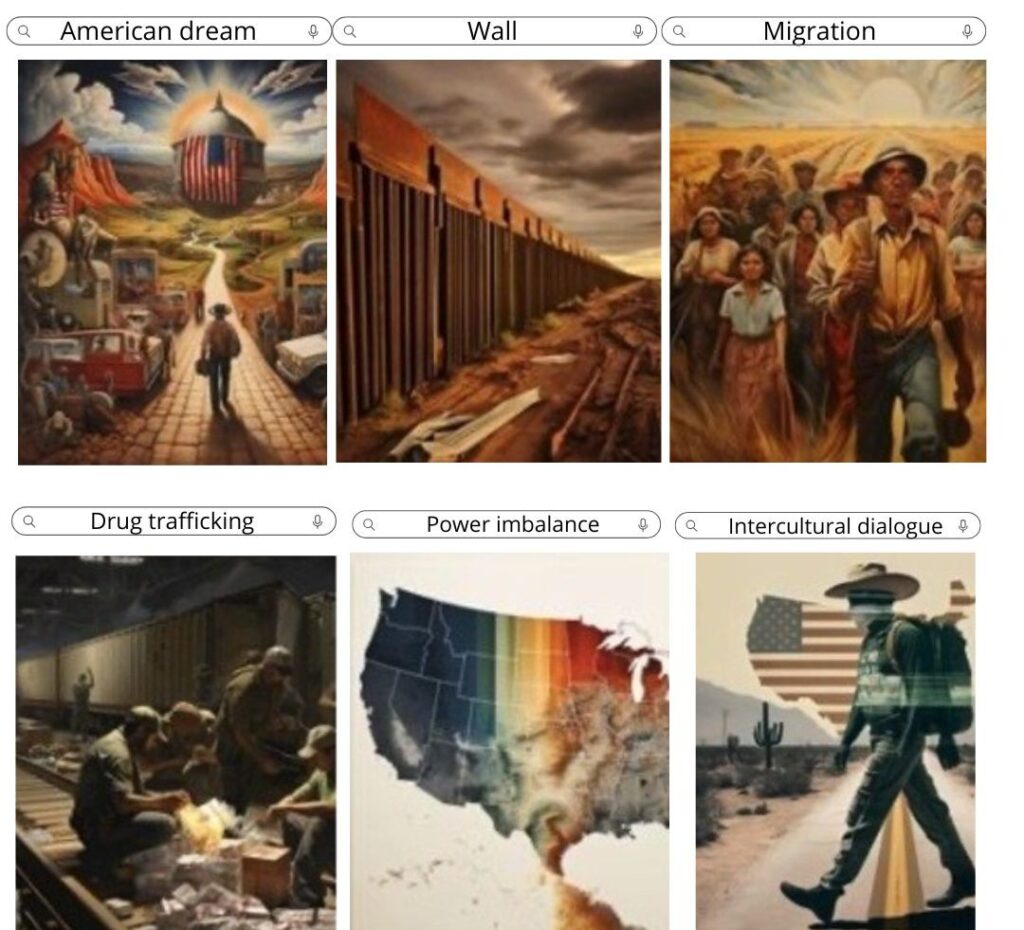
“Migration” is portrayed through images of male farmworkers wearing hats and carrying luggage, often walking through desert landscapes — or, in more anachronistic representations, riding horses.
These representations draw on 19th-century visual references, completely disconnected from contemporary migration.
“Intercultural dialogue” consistently excludes Anglo figures, showing only exchanges between individuals with Indigenous or Latino features.
Meanwhile, the “wall” is portrayed as an endless, perforated metal structure cutting through a deserted landscape with no visible human presence.
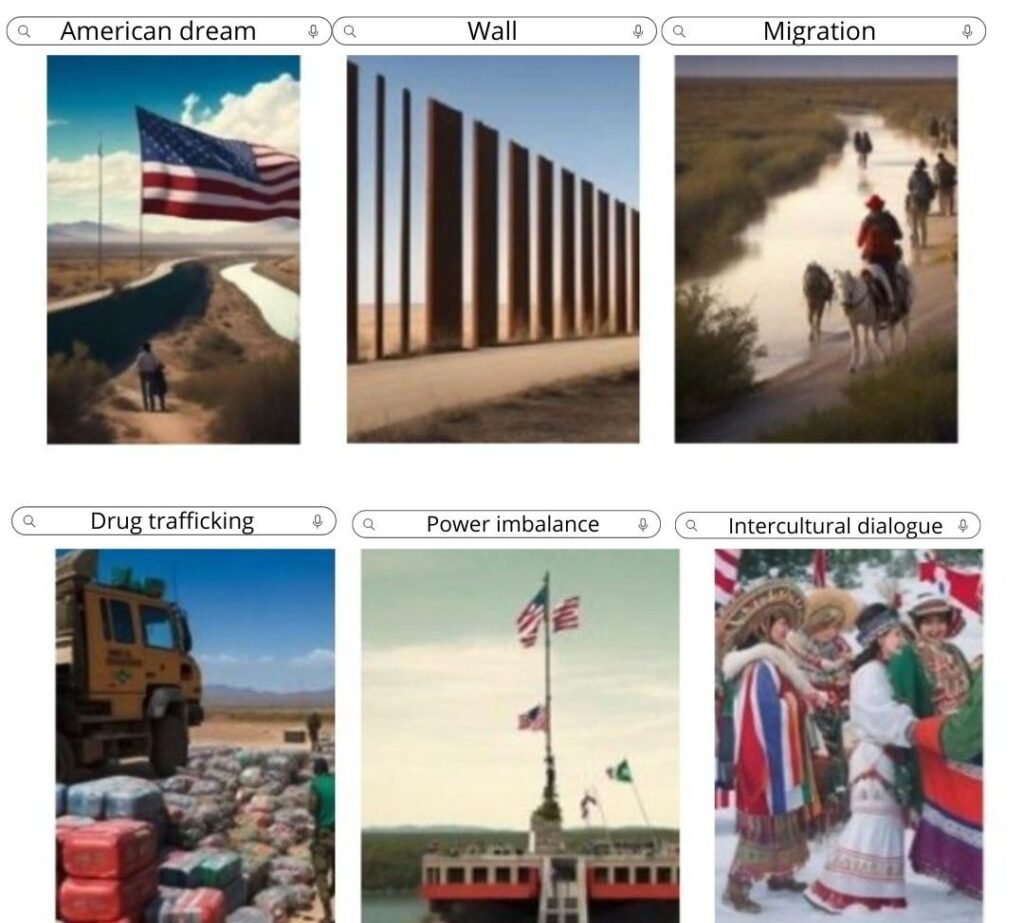
Techno-Aesthetic Devices
These findings led researchers to conceptualize AI image-generation programs as techno-aesthetic devices, drawing on the work of philosophers Jean-Louis Déotte and Vilém Flusser, who argued in their aesthetic theories that technology shapes perception and reconfigures cultural experience.
These devices produce images and establish new relationships between users, objects, and context, creating a new form of sensibility. In other words, these programs don’t just generate visuals; they influence how we perceive and make sense of complex realities.
A deeper analysis revealed that AI’s digital visual rhetoric is built on four interrelated dimensions: language (natural, artificial, and programming), visual synthesis through deep learning, aesthetic references inherited from prior visual traditions, and the logic of the databases that feed these systems. Together, these layers shape the imaginaries that AI reproduces.
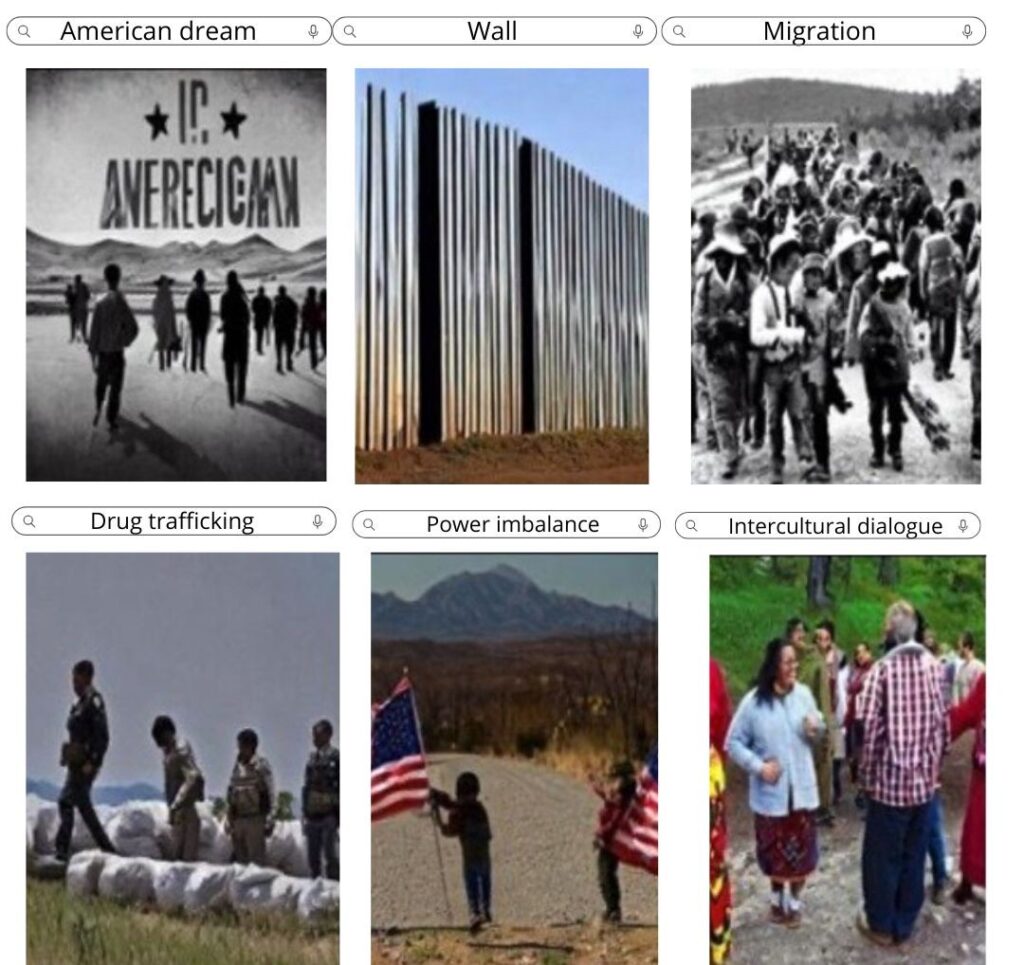
This visual rhetoric is built on stereotypes collectively established in the vast databases used to train these systems, reflecting the dominant visions of Western capitalism.
Another finding concerns the presence of discriminatory biases within these visual imaginaries. The images reinforce the idea that migration is carried out only by individuals of rural origin with specific traits from impoverished socioeconomic contexts.
These biases are not incidental; they result from training these systems with datasets that reproduce dominant stereotypes. AI doesn’t invent these biases; it inherits them from the images it has been trained on.
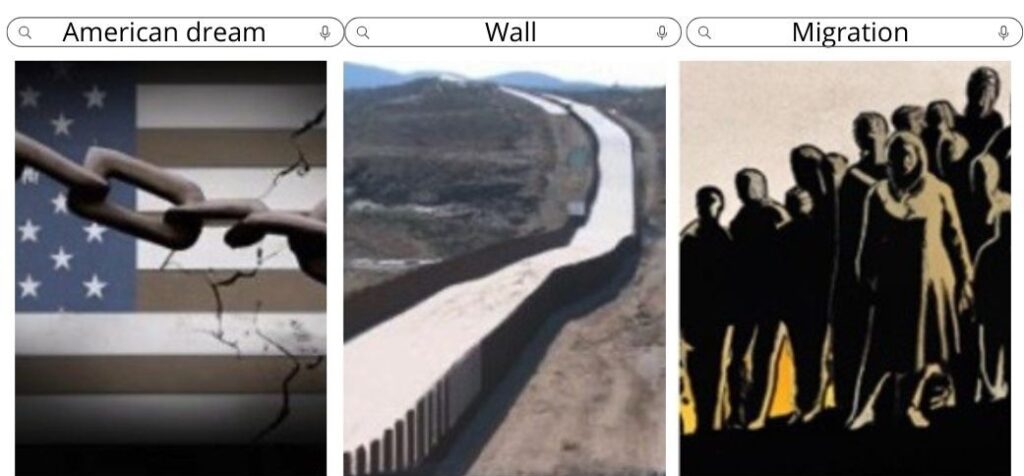
Ethical and Aesthetic Challenges of AI
This research raises crucial questions for our understanding of AI and its impact on social perception.
Are we witnessing merely a superficial recomposition of existing meanings, or will we see new forms of information and visual persuasion? What kind of shared sensibility will these techno-aesthetic devices produce in the coming years? Will we be able to recognize ourselves in the posthuman aesthetic and rhetorical experience on the horizon?
It is essential to continue exploring the evolution of visual rhetoric produced by generative AI models and their ethical, aesthetic, and ideological implications.
The challenge is to create more conscious systems capable of representing the border reality in all its contemporary complexity.
Reference
Bañuelos, J. (2024). Visual Rhetoric and Symbolic Imaginaries From Artificial Intelligence on the U.S.-Mexico Border. In Rocha, R., Castro, M. Digital Culture and the U.S.-Mexico Border Rhetorics on Human Mobility. Routledge. Francis and Taylor Group.
Author
Jacob Bañuelos Capistrán. Professor and researcher in the Department of Media and Digital Culture at the School of Humanities and Education, Tec de Monterrey. He holds a Ph.D. in Information Sciences from the Complutense University of Madrid. Member of the National System of Researchers (SNI) Level 2.

